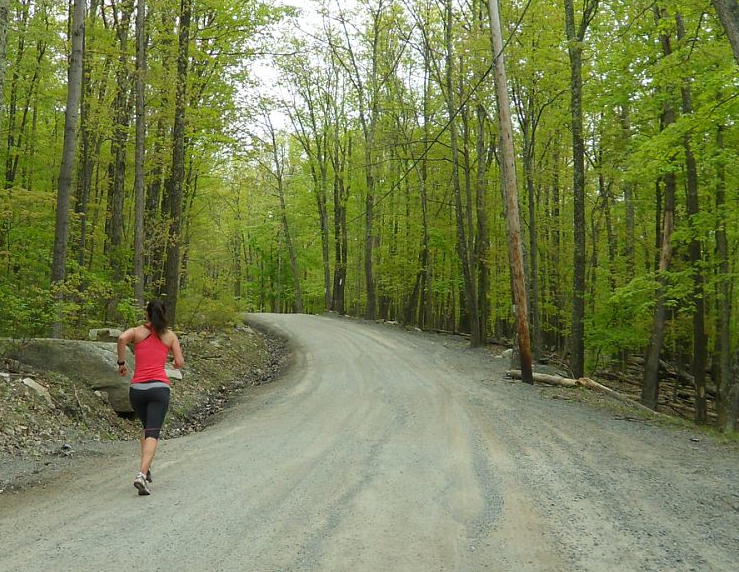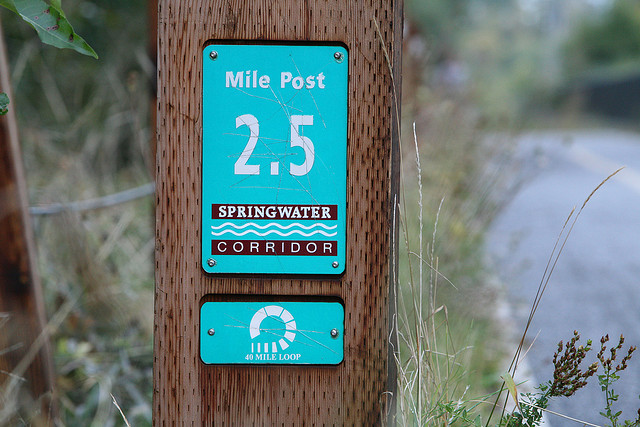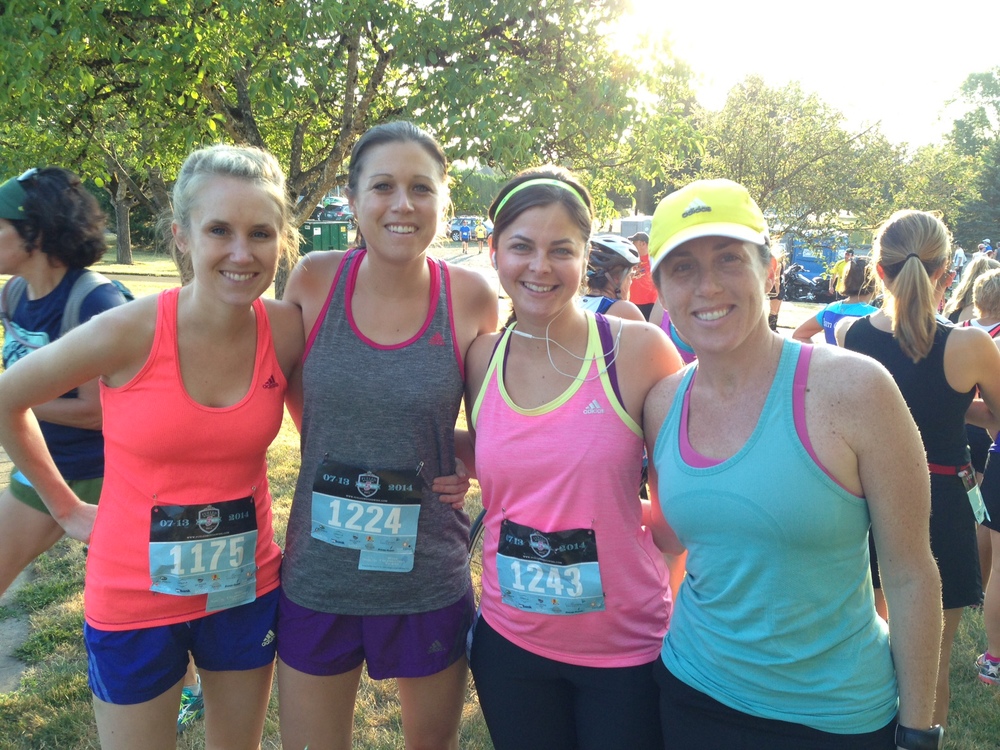Marathons used to be all about achieving a specific race time. However, after hitting a few goals (Boston and a few PR's), we started to look at marathons (and races) as a chance to see new places and accomplish more than just time goals. Below are some of our favorite marathons and race locations
New York City (Meghan and Jessica) - People say this race is the largest live spectator event in the world and it feels like it the entire 26.2 miles. Talk about an adrenaline rush! Right from the start helicopters are hovering as you cross over the Verrazano Bridge and as soon as you touch ground in Brooklyn, the crowd is screaming for you and it doesn't stop until you exit Central Park after the finish line. In addition to the amazing spectator support, the course keeps you engaged winding its way through so many different parts of this iconic city.
Buenos Aires Marathon (Meghan) - 26.2 miles takes you throughout the city - from the historic areas of San Telmo and Boca to Recoleta and the port area. The crowds are supportive, there's plenty of water and the cityscape can't be beat. I had been to Buenos Aires before but seeing it on foot and in the early morning was amazing and one of my favorite memories of all time. Plus, your recovery includes meat and red wine!
Ragnar Colorado (Meghan) - While this wasn't a marathon, it's on our list because it was one of the most beautiful places I have ever run. We ran from Breckenridge to Snowmass, covering nearly 200 miles between 6 of us. I ran along Dillon Lake, at 9,000 feet, along I90 in the middle of the night and on beautiful trails in the early morning. I trained hard for this race, coming from zero elevation to 9k! It was a strength and endurance test that was totally worth it because of the landscape and trails.
Richmond Marathon (Jessica) - Big is not always better. I learned this when I ran the Richmond Marathon after the Boston Marathon. Unlike Boston and other large races which require several hours of waiting and transportation logistics to get to the start, Richmond was a breeze. All in all, it took about 10 minutes to get to the start and begin running. There's something quite luxurious about that. There were also moments during the race along the river where it was beautiful and quiet. This was inspiring in its own way. Don't discount the smaller marathons. They are just as much fun and equally rewarding and unique.
Chicago Marathon (Jessica & Meghan) - Catch us running this marathon as coaches for Team Fox this year! We have a feeling it will be a favorite as well mainly because helping people accomplish their marathon goals on the course is pretty awesome. Want to make your marathon experience even more powerful? Team up with your favorite charity to raise funds for a cause that is meaningful to you.














